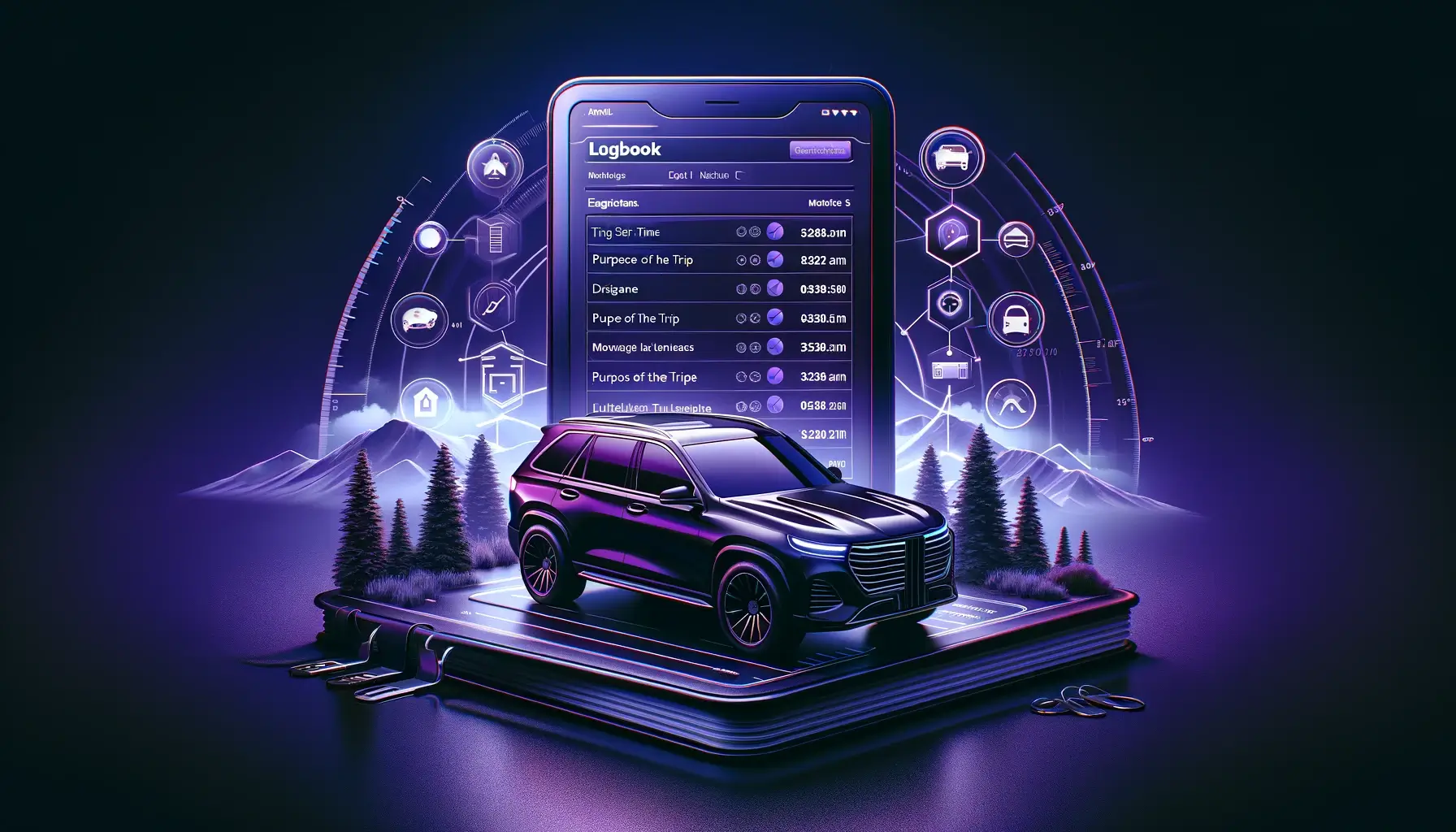A conscious and sustainable lifestyle has been one of the more important issues in our society, and not just since the corona crisis. But the pandemic is acting as a catalyst in terms of greater awareness when dealing with the environment and nature.
We feel compelled to shop locally, adapt our leisure activities instead of flying to a meeting in Berlin, but prefer the zoom call and otherwise we spend our holidays within national borders rather than accept a long flight trip. By now, even the last of us should have realized that the pandemic is the effect of our own actions, that we should be more mindful of scarce resources and reflect on our lifestyle more sustainably.
But environmental awareness doesn't just mean avoiding plastic bags in the supermarket or even considering a plant-based diet. Even in road traffic, we can take small measures to reduce fuel consumption, which is not only good for our wallet, but also for the environment. This is because the less fuel is consumed, the less greenhouse gases are emitted. Driving style and use are particularly decisive — for example through defensive driving, avoiding unnecessary electrical consumers or unnecessary ballast.
Avoid short distances
We also find it more than convenient to quickly jump into the car and drive over to the bakery 5 minutes later. But did you know that a mid-size car burns around 30 to 40 liters per 100 kilometers right after takeoff before the operating temperature is reached? So leave the car behind, walk or take the bike again. It's fun, stimulates circulation and protects the environment. It may even help you reach your destination faster.
High speeds don't always get you there faster
At over 100 km/h, your fuel consumption increases disproportionately. If you only consume 6 liters per 100 km at a speed of 100 km/h, your consumption rises to up to 10 liters per 100 km if you drive faster than 100 km/h. In general, the higher speed means you'll reach your destination just a little earlier — so why press on the gas? The environment thanks you for it.
Pay attention to the speed
Quick switching and low-speed, smooth driving is environmentally friendly and saves gas. Switch to third gear at 30 km/h, into fourth gear at 40 and into fifth gear at 50 km/h. If you drive consistently at low engine speeds, you can reduce fuel consumption by 20 to 25 percent.
The right tire pressure
Check your tire pressure regularly. If it is too low, rolling resistance increases and therefore fuel consumption. In addition, the tires wear out faster, the braking distance becomes longer, the handling of your car changes, especially when cornering, and in the worst case, a tire can even burst. Automobile clubs therefore recommend checking the tire pressure every 14 days when refueling and, if necessary, correcting it. But remember to check every 4 degrees, as the pressure can change differently. In principle, more pressure is better than too little and if you are unsure, simply check the manual for your vehicle.
Get rid of extra pounds
You haven't made it yet and have been driving around with a trunk full of old glass for weeks? Were you too tired to remove the luggage rack after the last ski vacation and simply leave it on until the next vacation? Remove unnecessary ballast: An unused ski or bike rack increases fuel consumption by up to 25 percent when a mid-range car travels 120 km/h. Even a full trunk increases fuel consumption. In other words, clean out and disarm the car and thus relieve the burden on the environment and your wallet.
Wind instead of climate blaster
Only use the car air conditioning and heating when you really need them. Air conditioning can increase fuel consumption in city traffic by up to 30 percent. For a small car, that can be two liters per 100 km. Rear window heating can consume up to seven percent more fuel.
It is therefore worthwhile to rethink your driving style and drive with foresight: With small adjustments, you can significantly reduce fuel consumption and thus your environmental impact, drive safer and save money.
But we wouldn't be autoSense if we didn't have a convenient solution for that as well. With DriveScore, you can analyze your own driving style and even compare it with other autoSense users — anonymized, of course. When an adapter is activated, the autoSense app provides information about how you are moving in traffic. Make it your personal challenge and try to be an economical driver. For the sake of yourself and the environment.
Here you can find out more about driveScore.
If you have any further tips on how to drive more environmentally friendly, then write to us via marketing@autosense.ch with the subject “climate-conscious driving.” We will gladly publish any additional contributions on our blog.



